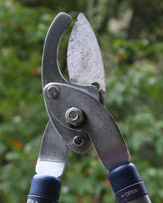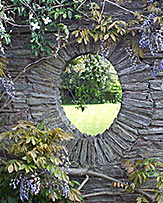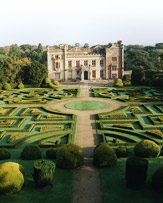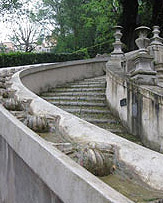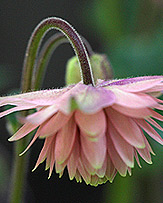Pleaching Trees
Pleaching is the art of weaving the branches of trees or shrubs together to form a hedge. The word 'Pleaching' is probably derived from the french word Plechier which means 'to plait or twine'. Pleaching and espalier are tow horticultural techniques suitable for pleaching include : Peach, Beech, Almond, Hornbeam, Linden, Malus and Pear trees.
Pleaching comes from the work Plechier, to weave, however traditionally pleaching involves a little more than just weaving branches together.
How to Pleach Trees
Pleaching involves the use of trees that have flexible branches such as Beech, Hornbeams, Almonds, Linden, Olive and Willow.
The trick is that these trees also are 'Inosculate' or' self grafting'.
This means that if the branches rub together and the exposed vascular cambium layers are allowed to rest together they will 'self graft' or grow together.
In the process of Pleaching, branches are actually encouraged to grow together by making small abrasive cuts in two branches and then the two were tied together until they formed a union.
Other trees suitable for pleaching include: Sycamore, Wisteria, Golden Willow,Malus (Apple), Pear, and Dogwood.
The pleached limes at Arley Hall in Cheshire are an outstanding example of the artform of pleaching. The pleached hedge at Hidcote Manor and the pleached Portuguese Laurel arbor at Holker Hall in The Lakes District are all worth a visit.
